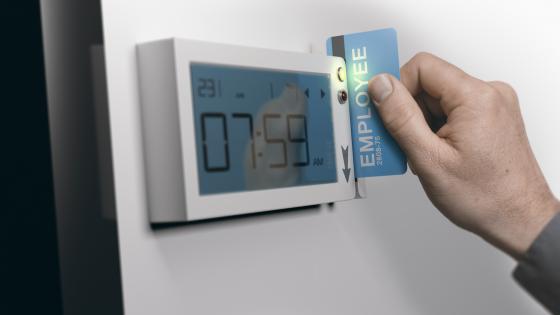Discussion paper
DP6391 Marriage and Divorce since World War II: Analyzing the Role of Technological Progress on the Formation of Households
Since World War II there has been: (i) a rise in the fraction of time that married households allocate to market work, (ii) an increase in the rate of divorce, and (iii) a decline in the rate of marriage. What can explain this? It is argued here that technological progress in the household sector has saved on the need for labour at home. This makes it more feasible for singles to maintain their own home, and for married women to work. To address this question, a search model of marriage and divorce is developed. Household production benefits from labour-saving technological progress.
£6.00


